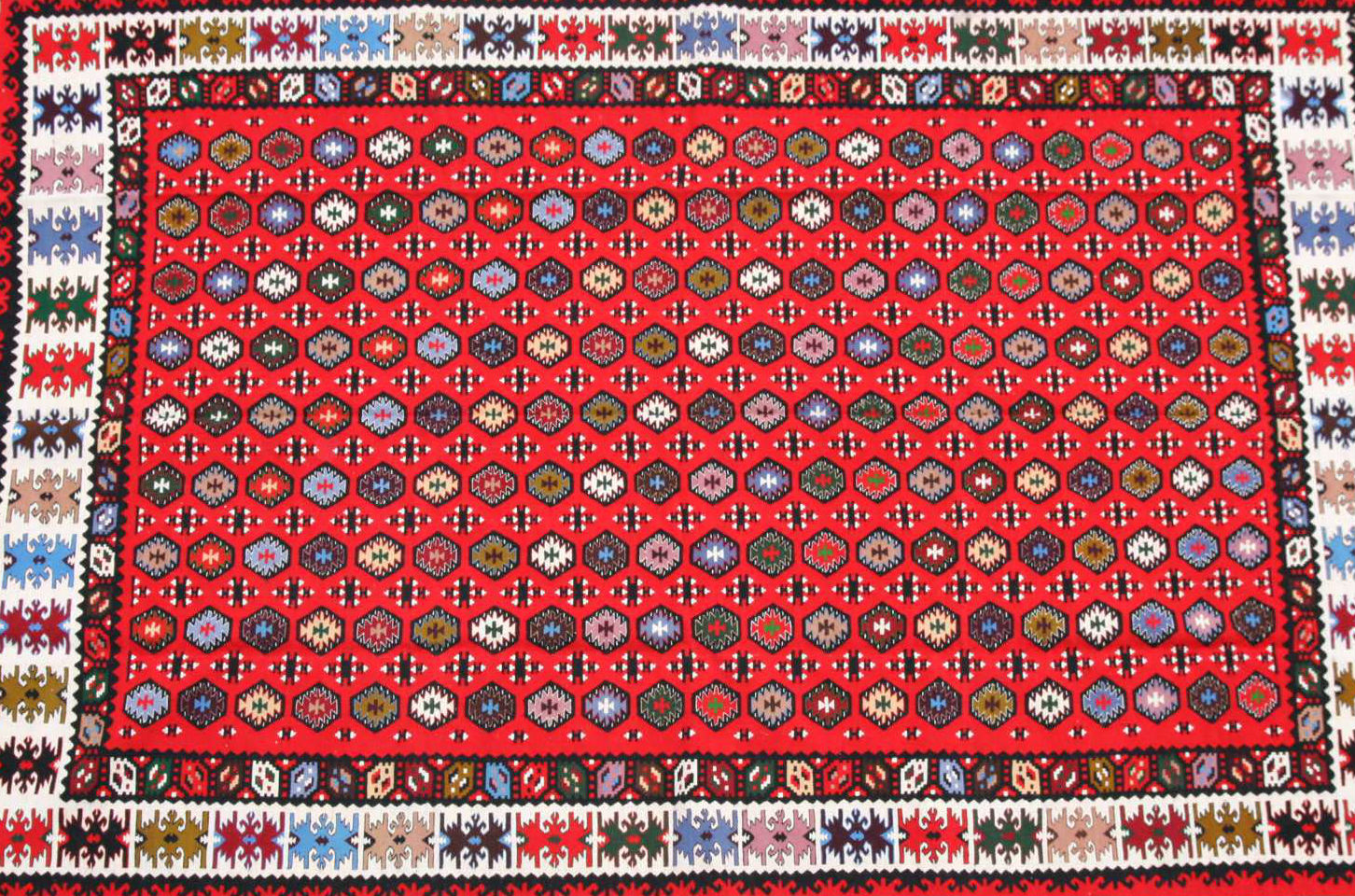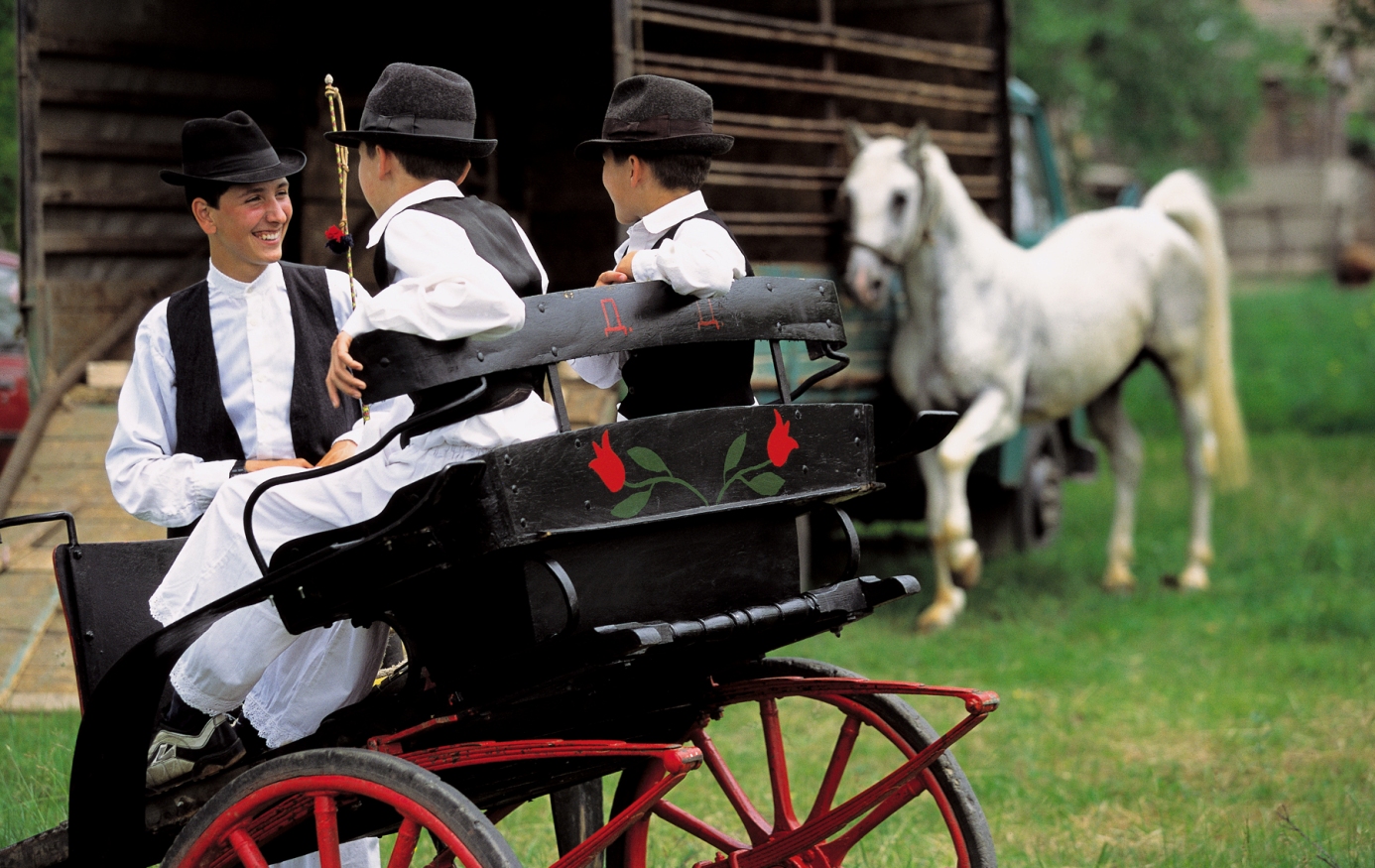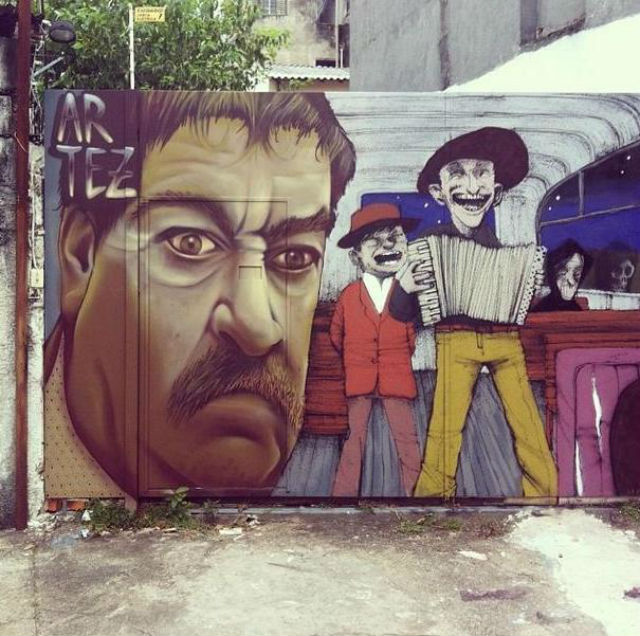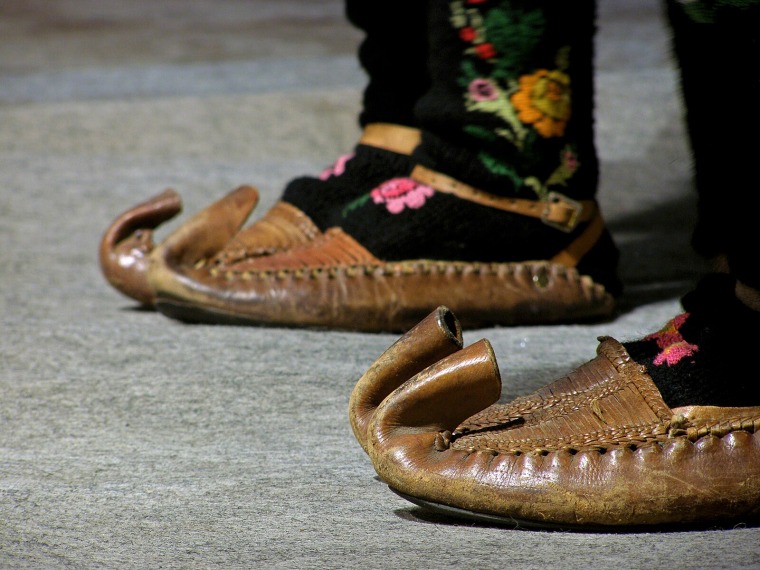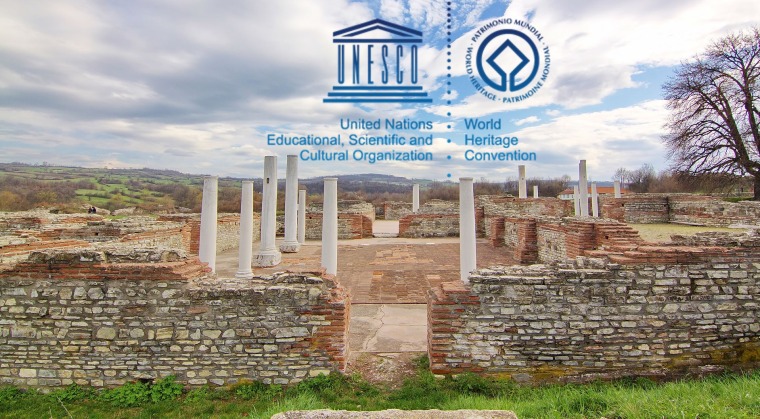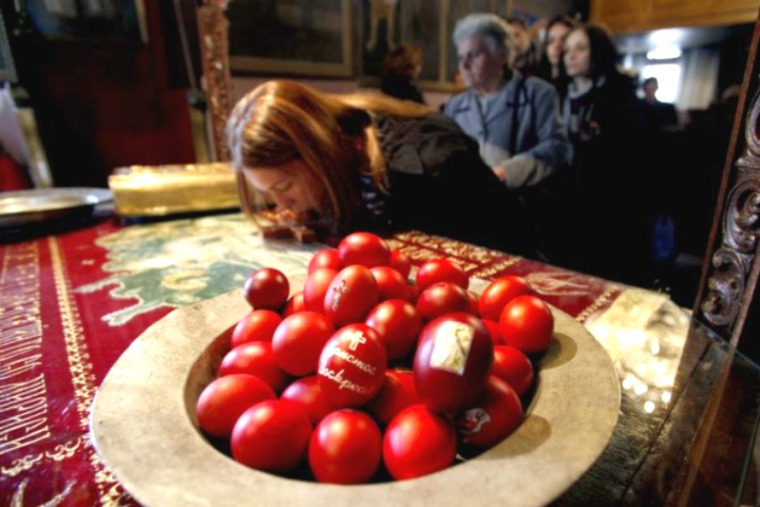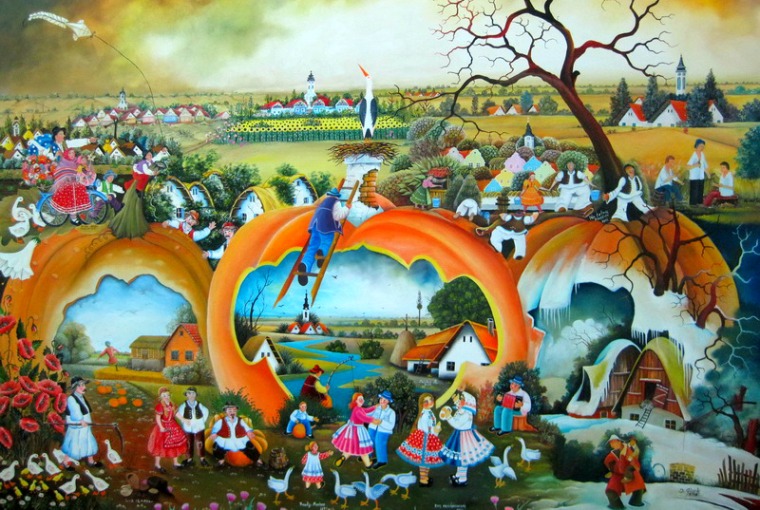Transferred from one generation to another, untouched by time and protected from modern technology, Intangible cultural heritage is what makes a culture diverse.
Through oral tradition, language, performance art, social practice, rituals and holidays people expressed their creativity, knowledge, skill and spirit. By honoring and transferring this “live cultural heritage” we protect that which evokes the identity and continuity of a nation, our history, culture and tradition.
The importance of old time crafts, old customs that are still being followed and events that keep history, tradition and culture alive was ratified on June 18 2012. when the list of intangible cultural heritage of Serbia was adopted. The list contains twenty-seven elements, but more will be inscribed in the future.
List of elements of intangible cultural heritage of the Republic of Serbia: Slava, Prayer – St. George’s Day ritual, Belmuz (Traditional shepherd dish made of unripened cheese), ritual of making and lighting farmer candles, making of Pirot hard cheese, rug-making in Pirot, craft of filigree work, craft of stonemasonry, Pazar meat pie prepared in traditional way, Zlakusa pottery, Kosovo-style embroidery, singing accompanied by gusle, Groktalica singing, clamor singing, Era-style humor, kolo dance, three-steps kolo, six-steps kolo, Rumenka kolo dance, bagpipe playing, pipe-playing practice, kaval playing, Slovak naive art painting, Lazarica processions from Sirinićka Župa, wooden flask making in Pilica village, Vuk’s Convocation, ojkača singing, city songs from Vranje, Easter Ritual of Guarding Jesus Christ’s Tomb.
Cultural diversty, multi-confessionalism and the tradition of authentic cultural heritage “gave birth” to the specific intangible heritage that Serbia has today. Through manifestations, old time crafts, rituals and art this heritage still lives on in Serbia, but to a lesser extent than before. Inadequate presentation and promotion, bad working conditions and very few people showing interested in it, led to intangible cultural heritage becoming socially marginal.
Web portal “Serbia.com” decided to solve this problem by better presentation and promotion, but also by raising public awareness about the importance of intangible cultural heritage. To do so they started two projects called “Tragovima nematerijalnog kulturnog nasleđa Srbije” (Following the footsteps of intangible cultural heritage of Serbia) and “Nematerijalno kulturno nasleđe kao čuvar srpskog identiteta” (Intangible cultural heritage as a guardian of Serbian identity).
The first project was realized in collaboration with Ministry of Culture and Information and the Center for Intangible Cultural Heritage of Serbia. Through six short films the uniqueness and features of six elements from the list were shown. These films will introduce you to the craft of filigree work, teach you how to make Pazar meat pie in traditional way, introduce you to rug-making in Pirot, give you a look inside of a gallery of naive art, you’ll learn more about the oldest Serbian manifestation “Vuk’s Convocation” and will get an opportunity to listen to “ojkača singing”.
The second project was realized in collaboration with the Ministry of Foreign Affairs of Republic of Serbia and the Office for cooperation with diaspora and Serbs in the region. Twenty-seven very detailed texts were written, each deals with a single element from the list. The point that was emphasized the most in these texts is preservation and protection of intangible cultural heritage, even when you leave your home country.
Keeping the “live cultural” heritage alive, regardless of where you live, creates a sense of identity, continuity and uniqueness that make a nation. Emphasizing the cohesive and mobilizing connections that preserve, transfer and maintain Serbian tradition as a part of intangible cultural heritage, strengthens the bond between the home country and the diaspora.
People need to be familiar with the work, effort and dedication of the individuals who are trying to preserve the intangible cultural heritage, but also with the obstacles they meet along the way. This is an important step in protecting the authentic cultural heritage. Only by understanding, promoting and transferring the knowledge from one generation to another can the intangible cultural heritage survive in the future.

